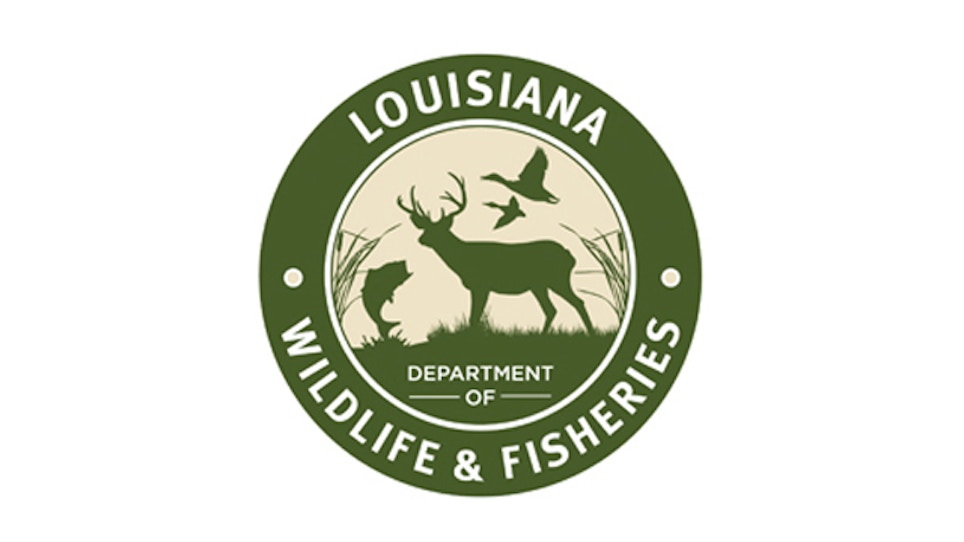By TODD MASSON | The Times-Picayune
NEW ORLEANS (AP) — Much to the chagrin of Louisiana's anglers, this long winter that has officially ended but still refuses to die had one distinguishing characteristic: Its cold fronts almost always welcomed the weekends.
If there was any nice day of the week, it would always be on, say, Tuesday, when work schedules protected the fish from free lunches with a catch.
Joe Causer likes to fish, but during the fall and winter, his heart is in the woods, so this winter, for him, was a dream trip to a frozen nirvana. Most years, Louisiana hunters whine about the weather. Hunting deer when temperatures are in the 70s and 80s is a mosquito-plagued exercise in futility.
But in our subtropical climate, that's a common occurrence in winter.
Not this year.
“It seemed like we got a good cold front every weekend, “ Causer said. “The rain would come through on Thursday or Friday, and the deer would get up and move on Saturday and Sunday.
“I can't complain at all. It was the best deer season of my life.”
Causer hunts on Maurepas and Red River wildlife management areas and on private land in the Atchafalaya Basin. He shot his limit this year, and those who hunt with him also fared well.
“All the cold we had this year — especially since it came early — it definitely got the rut going and maybe even prolonged it a little bit,” Causer said. “We saw a lot of good bucks at the camp, and we killed 35, which is great for us.”
Causer's experience wasn't unique. According to Scott Durham, deer study leader for the Louisiana Department of Wildlife and Fisheries, hunters had great success statewide. The data he's collected is still raw, but this year's overall deer harvest is 10 percent higher than last year's.
Hunter success was the result of a perfect storm of conditions working in their favor, Durham said.
“The weather had a lot to do with it. It was consistently cold, but also there was a really low mast crop pretty much statewide,” he said. “There was some good mast availability in Mississippi, but I heard of none of that in Louisiana.”
The only place Causer found mast was on Red River WMA, but there was lots of competition for it.
“I saw a few good acorns on Red River, but (LDWF) manages that land really well. Almost every tree out there is a nut-bearing tree,” Causer said. “But as soon as the acorns hit the ground, the hogs would get to them. Anywhere I found acorns, there was hog sign.”
The lack of acorns and other mast on the ground forced the deer to be less careful about where they found their food, and the cold weather ensured they had to eat more often.
“A lot of people who were hunting (food plots) did good because that's where the deer were going,” Durham said. “There wasn't that much else to eat. Everything kind of came together for hunters.”
That sometimes led to big crowds of deer on the food plots, giving hunters their choice of targets. Durham does much of his hunting near Clinton, and on one post-rut hunt, he saw 11 antlered bucks in a food plot at one time.
Durham won't have the breakdown of which parishes produced the most deer for another month, and he won't be able to fully process the data until this summer. That's when the state will send its mail survey, which it's been doing since the 1960s. It's still a necessary process because hunters aren't fully cooperating with the reporting requirements of the tagging system.
“We're still having our growing pains with our reporting,” Durham said. “We had hoped the reporting would become not an index but the actual harvest, but our confidence in that is still not 100 percent.”
Durham expects the state will eventually get there, but it's going to take some time.
“Until this year, there were some inherent problems with it, particularly the voice-recognition portion, but we've finally gotten rid of that, and have a live person on the phone,” Durham said. “I think once people get a few citations for not reporting, we'll see that get to where it needs to be.”
In the meantime, hunters will be hoping for another winter in 2014-15 like the one that just ended. Despite the harshness of the season, the deer that weren't harvested should have made it through just fine, Durham said.
“Deer can adapt to the cold weather, and it's already greening up now,” he said. “Surely a lot of fat reserves were depleted. We've been collecting deer off the Kisatchie Forest since the season, and the kidney fats are definitely not high, but the deer are doing fine.”
It's only six months until the next season opens. For Joe Causer, that day can't get here soon enough.
———
Information from: The Times-Picayune, www.nola.com






